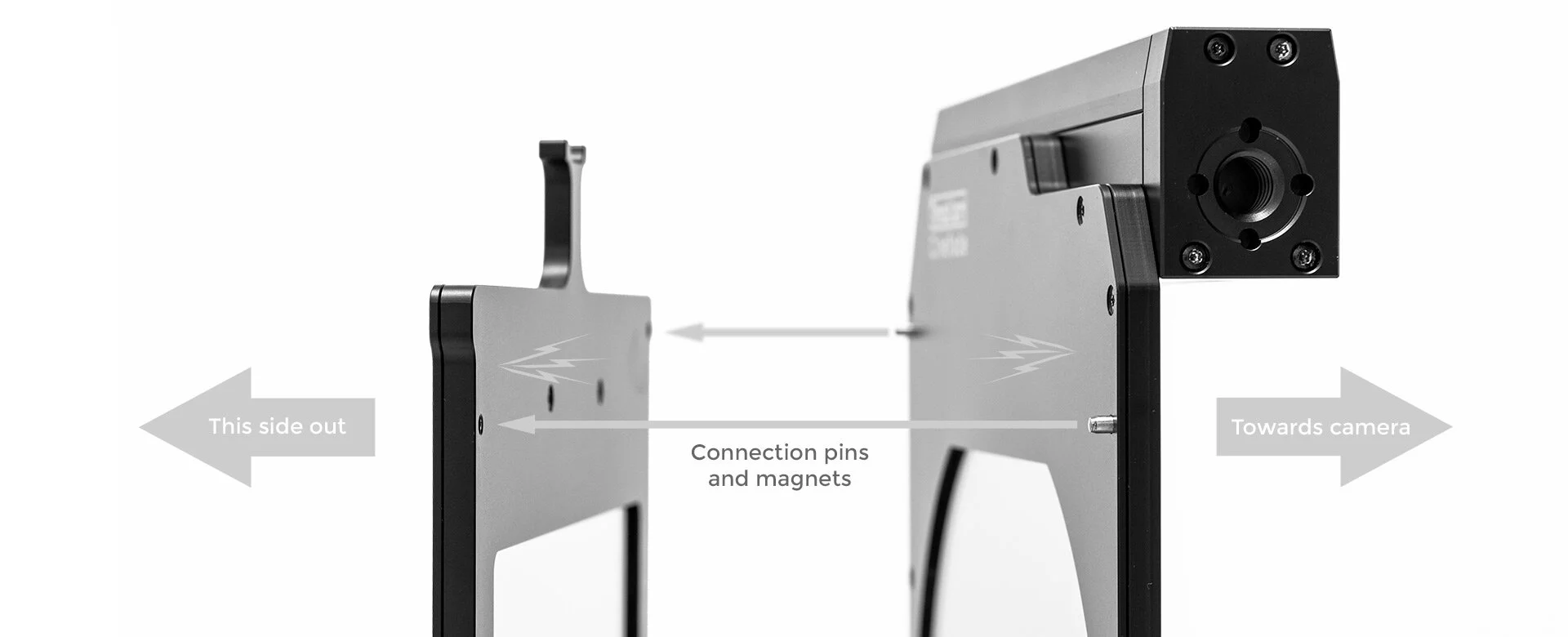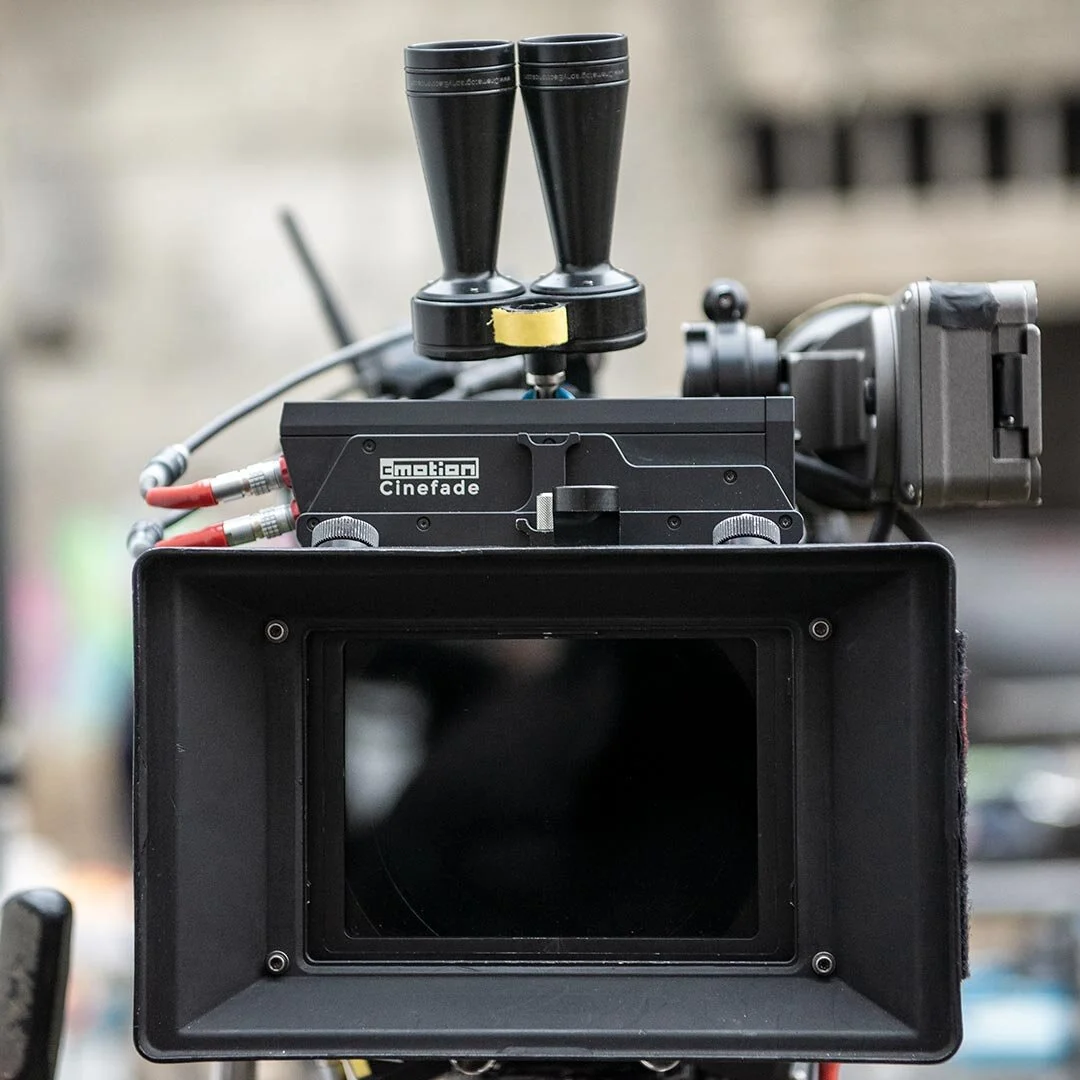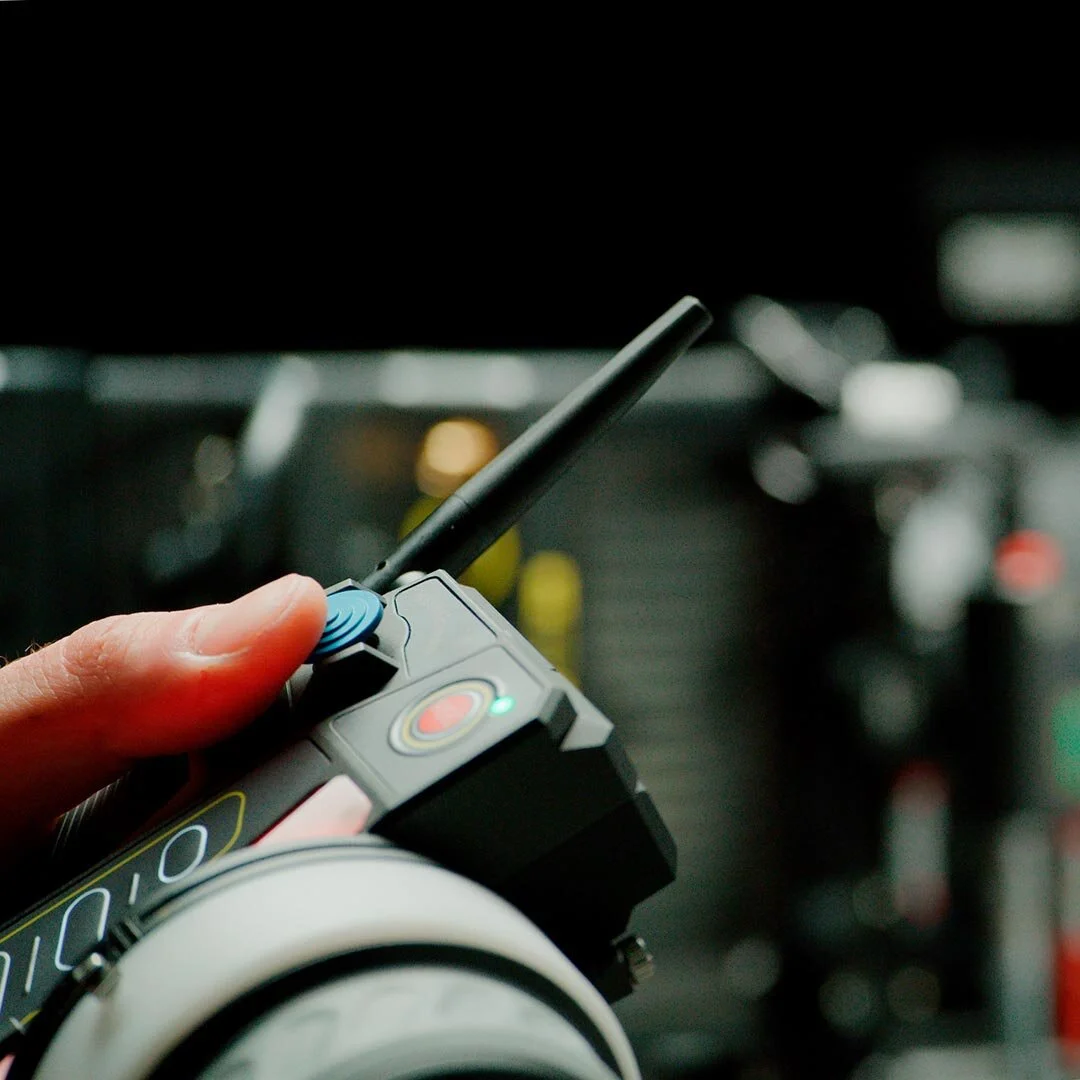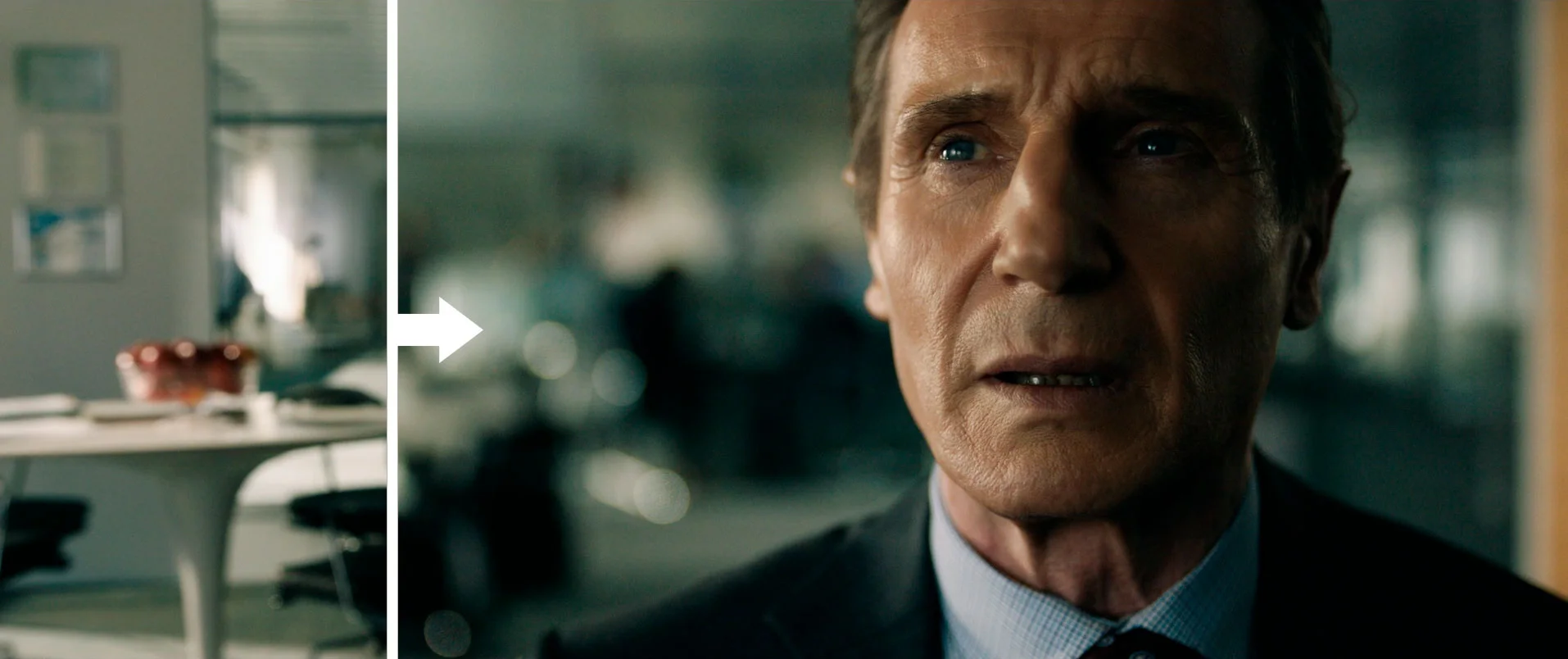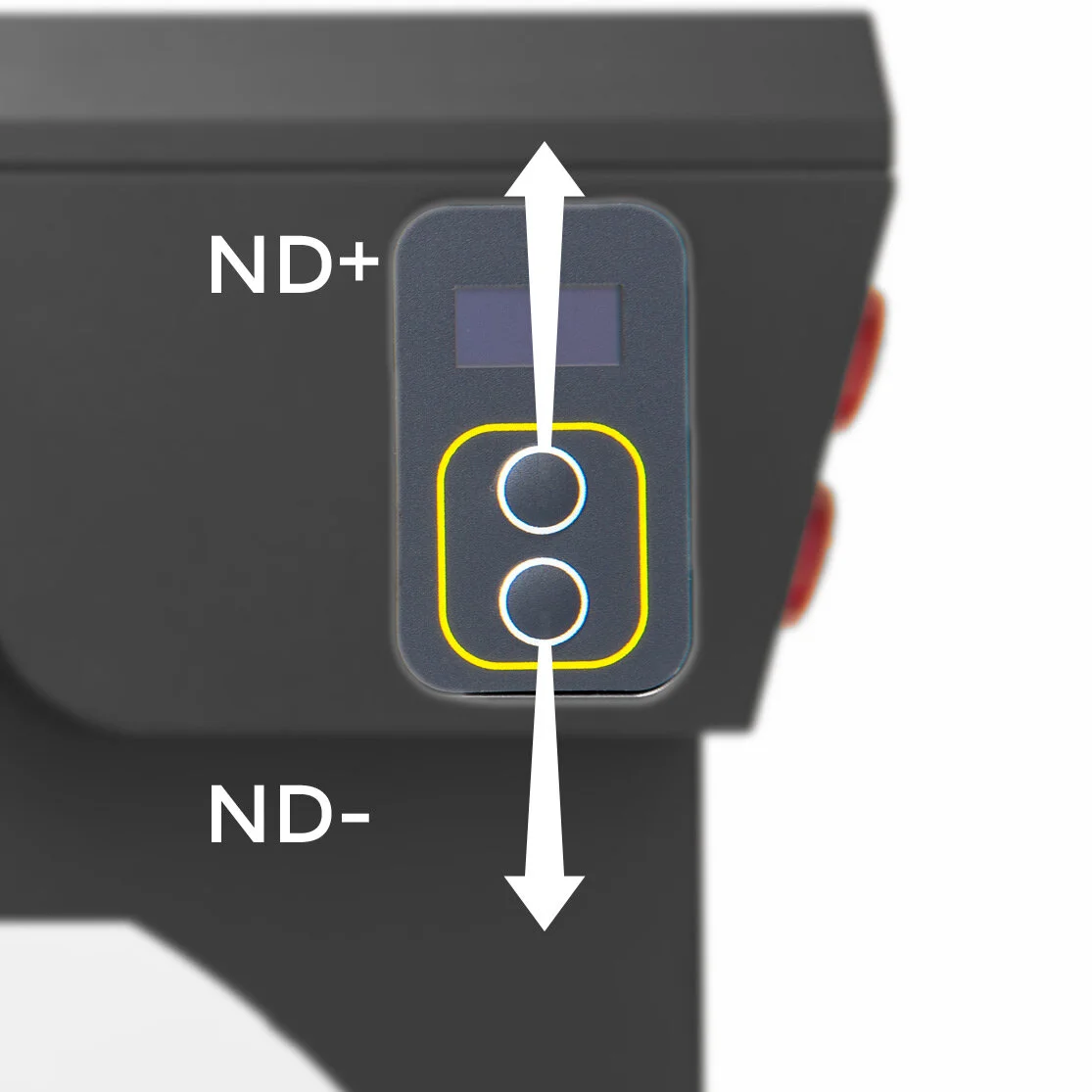The maximum range of the Cinefade effect is 5 T-stops.
Read MoreThe Cinefade system is compatible with all analogue film and digital cameras.
Read MoreIn our experience the Leitz Summilux-C, Cooke S4i, ARRI Zeiss Master Prime and Panavision Primo 70 Series work well with our system.
Read MoreThere are no changes in polarisation effects, such as reflections in glass and changes in blue skies when using the cmotion Cinefade VariND.
Read MoreYes, it is certainly possible to combine a so-called Vertigo effect with the Cinefade variable depth of field in-camera effect and the results are amazing.
Read MoreThe initial light loss of the cmotion Cinefade VariND is 1.5 T-stops. It is then possible to achieve a 5+ stop Cinefade range (ND0.4-ND1.9).
Read MoreThe Cinefade system is compatible with all cine-lenses that have manual aperture control and accurate lens markings.
Read MoreThe VariND occupies two filter slots and fits perfectly into the recommended ARRI LMB 4x5 matte box and is compatible with all ARRI LMB matte boxes, including the ARRI LMB 4x5, LMB5 and LMB25. On some matte boxes the VariND may however not fully slot into place, as the integrated top-mounted motor can present an obstruction.
Read MoreThe Cinefade system is only compatible with the cmotion cPRO lens control system with compatibility for the ARRI WCU4 planned for a future software update or licence key.
Read MoreDue to the nature of the effect, a lot of light is required to be able to transition from a deep depth of field to a shallow depth of field in one shot. The effect lends itself well to daytime exteriors and artificial lighting or a light sensitive camera sensor is required for studio shoots, interior locations and night shots.
Read MoreA good Cinefade effect is one in which the depth of field noticeably changes so that the viewer perceives the effect. In our experience, a minimum 4-stop Cinefade over 1-3 seconds is required to make the effect visible and 5 stops are ideal.
Read MoreIn our experience focal lengths between 24mm and 50mm produce the best results for medium close up shots.
Read MoreIt is certainly possible to emulate the Cinefade effect in post-production or with consumer mobile phones. We would however argue that it is a creatively inferior and more expensive method of achieving a depth of field transition.
Read MoreYes, it is possible to use our cmotion Cinefade VariND as a standalone variable ND filter or standalone Motorised Polariser without a lens control system in VariND and RotaPola mode.
Read More

